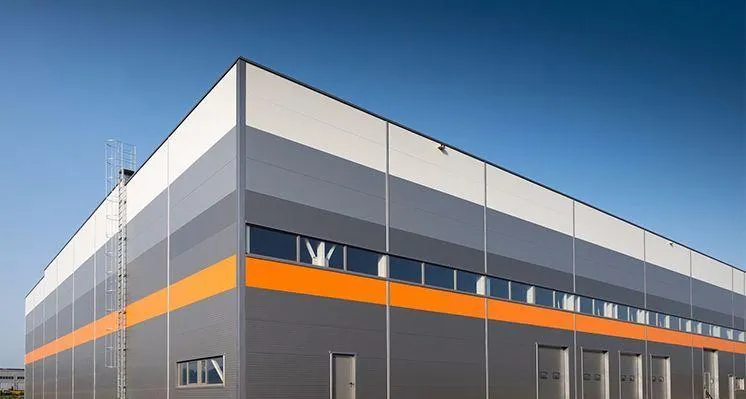- Afrikaans
- Albanian
- Amharic
- Arabic
- Armenian
- Azerbaijani
- Basque
- Belarusian
- Bengali
- Bosnian
- Bulgarian
- Catalan
- Cebuano
- Corsican
- Croatian
- Czech
- Danish
- Dutch
- English
- Esperanto
- Estonian
- Finnish
- French
- Frisian
- Galician
- Georgian
- German
- Greek
- Gujarati
- Haitian Creole
- hausa
- hawaiian
- Hebrew
- Hindi
- Miao
- Hungarian
- Icelandic
- igbo
- Indonesian
- irish
- Italian
- Japanese
- Javanese
- Kannada
- kazakh
- Khmer
- Rwandese
- Korean
- Kurdish
- Kyrgyz
- Lao
- Latin
- Latvian
- Lithuanian
- Luxembourgish
- Macedonian
- Malgashi
- Malay
- Malayalam
- Maltese
- Maori
- Marathi
- Mongolian
- Myanmar
- Nepali
- Norwegian
- Norwegian
- Occitan
- Pashto
- Persian
- Polish
- Portuguese
- Punjabi
- Romanian
- Russian
- Samoan
- Scottish Gaelic
- Serbian
- Sesotho
- Shona
- Sindhi
- Sinhala
- Slovak
- Slovenian
- Somali
- Spanish
- Sundanese
- Swahili
- Swedish
- Tagalog
- Tajik
- Tamil
- Tatar
- Telugu
- Thai
- Turkish
- Turkmen
- Ukrainian
- Urdu
- Uighur
- Uzbek
- Vietnamese
- Welsh
- Bantu
- Yiddish
- Yoruba
- Zulu
Sep . 25, 2024 20:01 Back to list
Tall Building Design Steel, Concrete, and Composite Systems
The design of tall buildings has always posed unique challenges to architects and engineers, primarily due to the need for structural integrity, aesthetic appeal, and functionality. As urban spaces become increasingly crowded, the demand for taller and more efficient buildings has surged. Consequently, the choice of materials plays a critical role in the design process, with steel, concrete, and composite systems emerging as the most widely utilized options.
Steel Structures
Steel is one of the most popular materials for tall buildings due to its high strength-to-weight ratio, allowing for flexible designs and expansive spaces without compromising stability. Steel structures can be fabricated off-site and erecting them on-site usually requires less time than other materials. Moreover, steel’s ductility ensures that buildings can absorb and dissipate energy during events such as earthquakes and high winds, which is essential for maintaining occupant safety.
However, steel's susceptibility to corrosion and fire poses challenges in its application. To address these issues, engineers often apply protective coatings and use fire-resistant insulation. Additionally, the procurement and transportation of steel can be costly, necessitating careful budgeting and planning during the design phase.
Concrete Structures
Concrete, on the other hand, offers excellent compressive strength and durability. It is an ideal choice for cores and shear walls, which are critical to the stability of tall buildings. Concrete’s ability to be poured into various shapes allows architects to experiment with design, creating unique and innovative building forms. Furthermore, concrete structures typically require less maintenance than steel, as they are more resistant to environmental factors.
tall building design steel concrete and composite systems

A significant drawback of concrete is its heavy weight, which can lead to increased foundation costs. Additionally, the curing time for concrete can slow down the construction process. Innovations in high-performance concrete and the advent of precast concrete components have helped mitigate some of these issues, enabling faster construction without sacrificing quality.
Composite Systems
In recent years, composite systems, which combine steel and concrete, have gained popularity in tall building design. These systems leverage the strengths of both materials, utilizing the high tensile strength of steel alongside the compressive strength of concrete. For instance, composite beams can reduce the size and weight of structural elements, allowing for more flexible interior layouts and enhanced design possibilities.
Moreover, composite systems often exhibit better energy absorption and resistance to dynamic loads compared to traditional materials. They can also lead to cost savings by reducing the overall weight of the structure, which in turn decreases foundation requirements. However, designing composite systems can be more complex, necessitating specialized knowledge and experience.
Conclusion
In conclusion, the selection of materials for tall building design is a crucial aspect that influences structural performance, safety, and aesthetic qualities. Steel, concrete, and composite systems each present unique advantages and challenges, prompting designers to choose the most suitable approach based on specific project requirements. As technology advances and construction methodologies evolve, the potential for innovative solutions in tall building design continues to grow, paving the way for the skyscrapers of tomorrow.
-
Steel Frame Factory with Insulated Roof Panels
NewsAug.14,2025
-
Prefab Metal Building with Insulation Package Options
NewsAug.14,2025
-
Industrial Steel Sheds for Temporary Workshop Use
NewsAug.14,2025
-
Metal Workshops Featuring Corrugated Steel Roofs
NewsAug.14,2025
-
Modular Steel Frame Excellence: Our Pursuit of Perfection
NewsAug.14,2025
-
Metal Garage Kits Crafted with Customer Satisfaction at Heart
NewsAug.14,2025
Products categories
Our Latest News
We have a professional design team and an excellent production and construction team.












